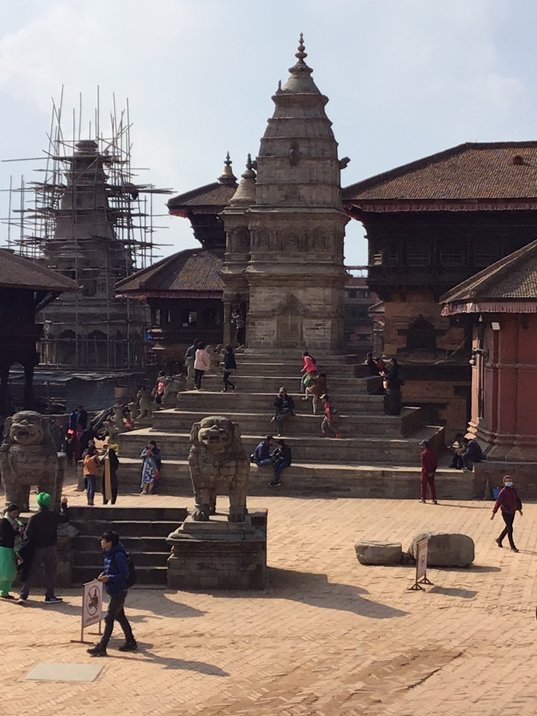About the Project
On 25th April 2015, the Gorkha Earthquake struck Nepal, ravaging large swathes of the country. Post-disaster recovery has been slow and arduous because of the scale of the devastation, Nepal’s geo-political landscape, ecology and economy and recurrent disasters that have followed, including COVID 19. Nepal’s vibrant cultural heritage has emerged as a central focal point in the process of recovery, not only for its contributions to the tourism industry but also as a matter of national and regional identity. There has been sustained international focus on the Kathmandu Valley UNESCO World Heritage Site, a series of seven ensembles of Hindu and Buddhist religious places and palatial complexes (UNESCO WHC, 2007, 2017). This website is a small archive of post-disaster reconstruction of the built heritage in the city of Bhaktapur. It is meant to present the memories and stories of people in Bhaktapur, and the trajectories of recovery of heritage in the city.
Notes from the Field

